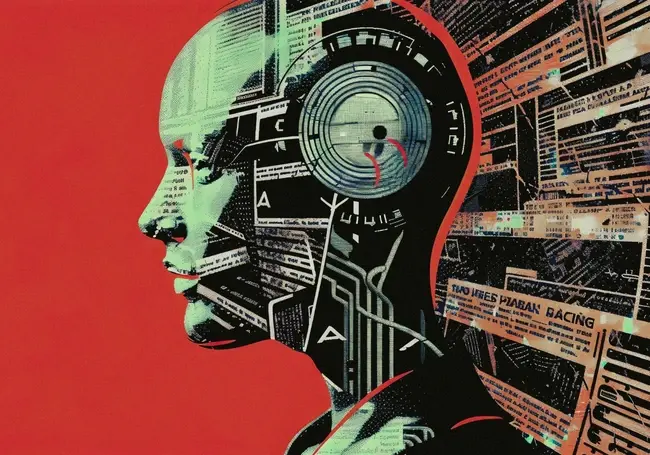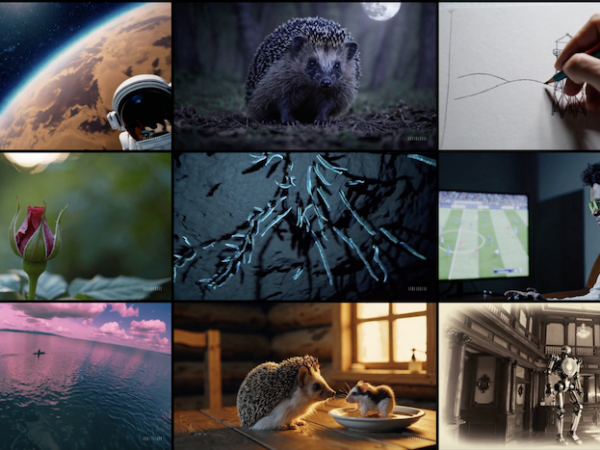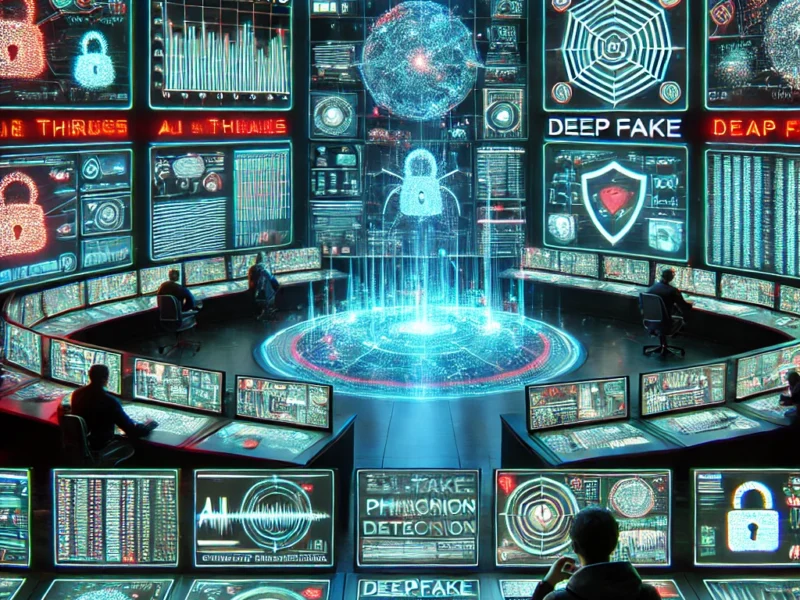In 2025, the field of artificial intelligence (AI) continues to experience rapid advancements, particularly in the realms of model development, generative AI, and practical applications across various industries.
Emergence of Advanced AI Models
In January 2025, OpenAI unveiled its latest model, o3-mini, designed to enhance logical reasoning by allocating additional deliberation time for complex queries. This model has demonstrated superior performance in tasks requiring step-by-step problem-solving, marking a significant leap in AI’s cognitive capabilities.
Concurrently, Chinese AI startup DeepSeek introduced DeepSeek-R1, an open-source large language model rivaling the performance of leading AI systems. Notably, DeepSeek-R1 was developed with a training cost of just $5.6 million, challenging the notion that cutting-edge AI requires substantial financial investment.
Advancements in Generative AI
Generative AI has seen remarkable progress, with models now capable of producing high-quality content across various media. For instance, Microsoft’s Muse AI model can generate video game visuals and predict controller inputs, streamlining game development and preservation. Trained on extensive gameplay data, Muse exemplifies how generative AI can revolutionize creative industries.
Similarly, Google’s DeepMind has developed an AI tool functioning as a virtual collaborator for biomedical scientists. This system assists researchers in processing vast scientific literature and generating new hypotheses, thereby accelerating the pace of scientific discovery.
Real-World Applications
AI’s integration into practical applications is becoming increasingly prevalent. Nvidia’s Cosmos models, introduced in January 2025, are designed to train robots and automated services efficiently, reducing costs and enhancing performance in sectors like manufacturing and logistics (AP).
In the realm of autonomous vehicles, Nvidia has partnered with Toyota and Aurora to develop self-driving cars and trucks, aiming to revolutionize transportation and logistics through AI-driven solutions.
Moreover, AI’s role in healthcare is expanding, with models capable of early disease detection and personalized treatment plans, showcasing AI’s potential to transform patient care and medical research.
Industry Implications
The rapid evolution of AI technologies is prompting industries to adapt swiftly. For example, India’s IT sector is encouraged to develop proprietary language models to reduce dependency on external technologies and mitigate geopolitical risks. This strategic shift aims to maintain competitiveness in the global AI landscape (Reuters).
In summary, the AI landscape in 2025 is characterized by significant breakthroughs in model development, generative capabilities, and diverse real-world applications. These advancements are not only transforming industries but also redefining the possibilities of technology in everyday life.



